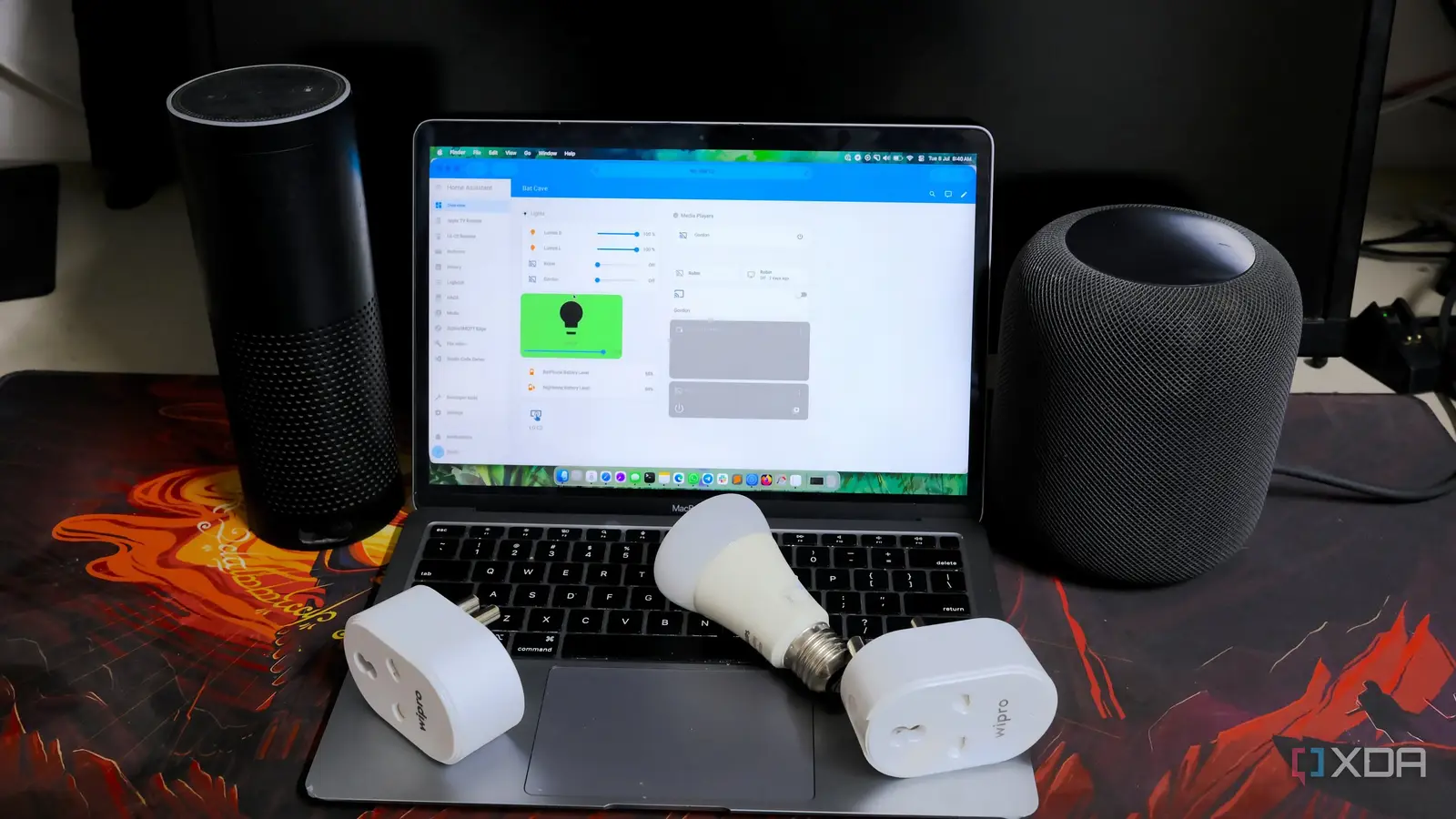Copyright XDA Developers

On paper, smart home devices that rely on the cloud make a bit of sense. Plug them in, log in with an app, and watch the magic happen. Behind that convenience is a bunch of stuff that, quite frankly, doesn't really need to exist, and most people would be totally fine without. When you use cloud-enabled smart home devices, pretty much every button press, every sensor update, and every automation runs through a vendor’s cloud API. Even when your phone and smart light are inches apart on the same Wi-Fi network, your command might still travel across the internet and back before anything happens. This constant polling of cloud APIs in smart homes needs to stop, because the locally controlled solutions are far safer, more secure, and more practical. Why smart home devices poll the cloud And which ones are the most guilty Cloud control is the path of least resistance for manufacturers. It simplifies onboarding, firmware updates, and remote access, all of which are handled by their servers. Unfortunately, it also means your smart home’s reliability depends on the stability of some random data center. The biggest offenders are ecosystems like Tuya and Smart Life, which power hundreds of rebranded smart plugs, lights, and switches sold under different names. TP-Link Kasa, Meross, Govee, Eufy, and SwitchBot all use similar cloud-dependent setups by default. Even SmartThings and older Google Home integrations rely heavily on polling. When your hub polls the cloud, it repeatedly sends HTTP requests asking the vendor’s API for updated status data. This can mean hundreds of requests per day, even if nothing’s changed. Not only is this incredibly inefficient, but it introduces other issues on top of the potential for your entire smart home network to fall to its knees if just one of those services goes down due to maintenance or some sort of outage. Polling APIs also means you could quickly run into the limits for said APIs, which can cause your devices to stop updating or just go "unavailable", which can be incredibly frustrating when you expect them to just work when you need them to. Local control exists for most devices It's device dependent, but it can be pretty simple Local control should always be the preferable choice to relying on the cloud for smart home devices because it eliminates the middleman completely. When your smart home runs over your LAN, commands and sensor updates never leave your network. That means no lag, no rate limits, and no reliance on vendor uptime. Locally controlled devices typically respond in under 100 milliseconds, which can be fast enough to feel instantaneous. And because they don’t depend on cloud authentication or remote APIs, they continue working even if your ISP goes down, let alone the cloud service of your device manufacturer. All of this comes with the benefit of privacy as well, as the manufacturer can no longer track your usage and log it if you're controlling things locally. Tuya Local is one example of how you can ditch the cloud completely. Tuya-based devices can essentially run in a LAN mode, integrated with Home Assistant. This bypasses Tuya's cloud entirely, and enables operation independently of the Internet. Local solutions for other device manufacturers do exist, it just might take some hunting through GitHub repos if they don't support it natively. Cloud control really only makes sense if it's the only option I'd use secure tunnels otherwise Not every device has a local API. Legacy ecosystems like early Eufy cameras still rely on the cloud for authentication and control. In those cases, limited polling is sometimes unavoidable. If that’s your setup, reduce polling frequency if possible to stay within rate limits and ease network load. You can also attempt to pair those devices with local sensors or triggers to minimize dependence on vendor APIs, but your mileage may vary. If you need remote access to your smart home devices and can set them up locally, one of the better solutions for this would be to enable remote control through secure tunnels. Home Assistant Cloud, TailScale, or even WireGuard can allow you to access your devices securely when you're outside of your LAN. All the automations and devices still run locally, but the tunnel provides a secure gateway. Ditch the cloud for good



